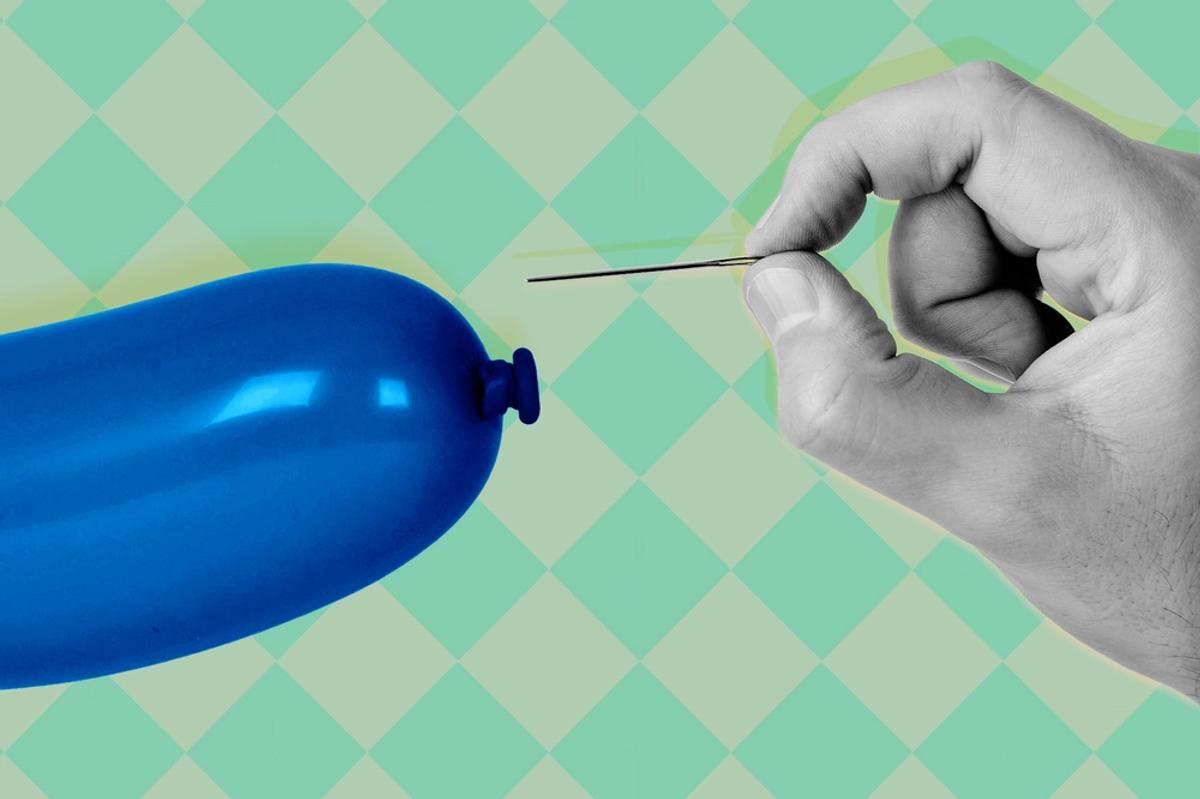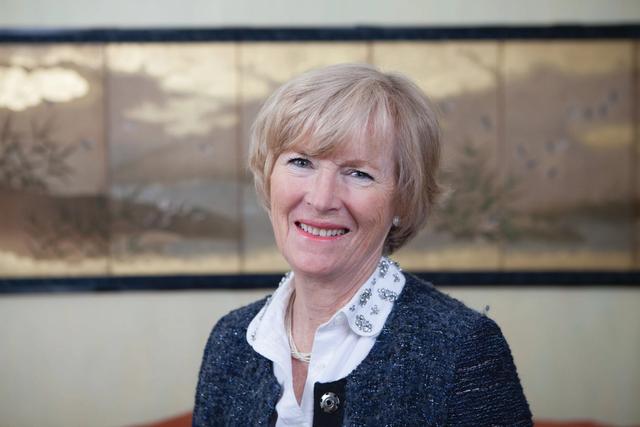The auction houses have unveiled their offerings for Frieze London week: Christie’s is going first today with a 56-lot “evening” sale (at 5pm) of 20/21st century art, estimated at £73.4m-£110.7m. Then observers will have to dash up Bond Street to catch Sotheby’s 7pm sale of 22 lots of contemporary art, with a target of £34.05m-£47.5m (presale estimates do not include fees, but results will). On the following day, also at 5pm, Phillips will field 33 lots estimated at £15.8m- £23.3m.
An interesting aspect of these sales is the dearth of guarantees this time round. Phillips has none; Christie’s has 23, 12 of them third-party, while Sotheby’s has, at the time of writing, just six, two of them irrevocable bids. However, Michael Macauley, Sotheby's head of contemporary art in Europe, says: “Watch this space, we are expecting more to come in before the sale.” The top lot is David Hockney’s 1968 painting from the south of France, L’Arbois, Sainte-Maxime (1968) with an almost Ruscha-esque vibe to the depiction of a building with large umbrella pines in the foreground. It comes with an irrevocable guarantee and is estimated at £7m-£10m.
According to a recent report in the Wall Street Journal, the auction house has been having slow payment problems; asked about whether this explained the low level of guarantees, a Sotheby’s spokesperson offered this: “Whether or not a consignor takes a guarantee is often down to personal preference, and many of the consignors we are working with at the moment (including the estate of Sydell Miller) are confident in the market and happy to let it speak directly to their works."
Meanwhile, at Christie’s, Katherine Arnold, the head of post-war and contemporary art, says: “The market is more selective, and we have worked hard on realistic pricing and to bring fresh material to the sale.”
The top lot in the sale is Lucian Freud’s Ria, Naked Portrait (2006-07) (est. £10m-£15m) although the heavily impasto-ed face might prove discouraging to some. But the work has never been at auction and comes with a third-party guarantee, as does Jeff Koons’s Balloon Monkey (Blue) (2006–13), expected to fetch £6.5m-£10m. It is being sold by Damien Hirst, according to press reports (Christie’s isn't commenting).
Rather puncturing the bubble today is past performance of Koons's large, shiny figures. The orange version from the same series made a bouncy $25.9m in 2014 and then the magenta one fetched $12.4m in 2022. Hardly a positive trend…
Indeed, the current situation in the art trade is not buoyant. While auction house specialists profess optimism, the veteran market data pundit Michael Moses, says: “Financially, it’s as bad as it gets.” He and his colleague Jianping Mei have crunched the figures and found that the mean return for repeat sales of artworks this spring “was almost zero, 0.1%, which was the lowest level this century.”
Their report, published through their JP Mei & MA Moses Art Market Consultancy, looks at changes in the sale prices of the same works since 1970 at Sotheby’s, Christie’s and Phillips. They calculate the CAR, Compound Annual Return, and now include unsold works, whereas previously only successful sales were recorded, so skewing the picture.
However you slice it, the consultants say, “While every auction season produces some individual positive records… this analysis shows that the spring of 2024 was grim.” The auction houses would likely counter that private sales are doing very well, which is not picked up by auction data.
But Moses persists: “With the S&P 500 index doing so well, it is no wonder that buyers are tempted to spend their money on other, better-performing assets.” Let’s see what happens in the London sales next week.



